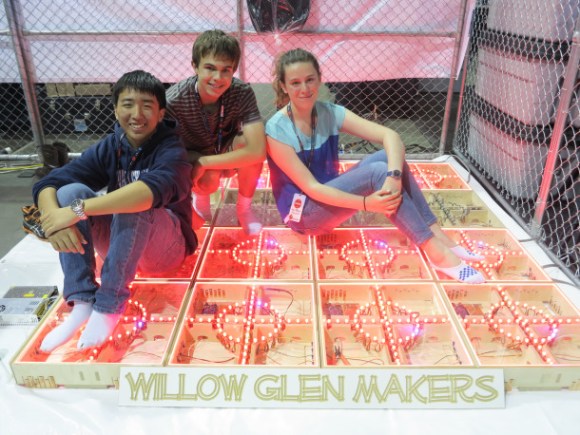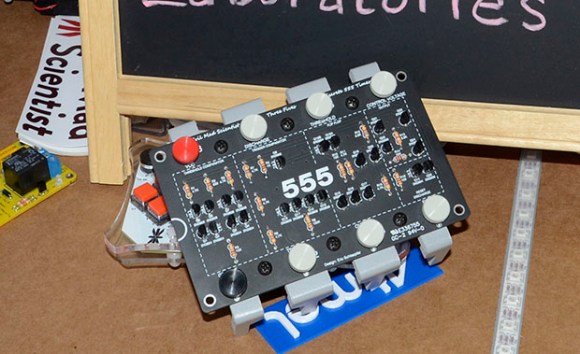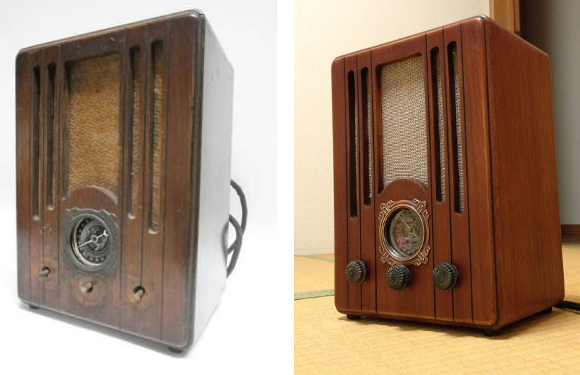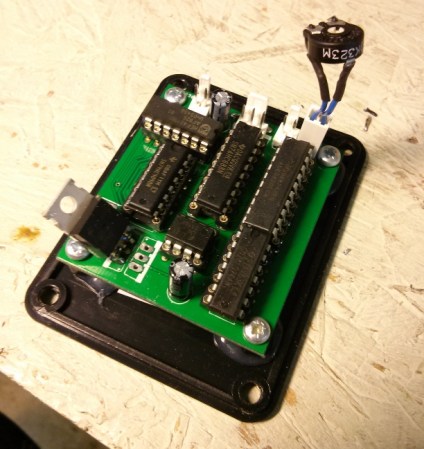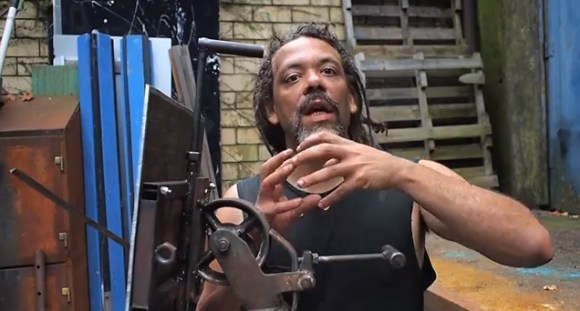
[Hackett] calls it a “transmission problem.” You’ve scavenged the pieces for your build, but nothing fits. Metric and standard hardware clash, a successful weld is as reliable as duct-taping. You’ll hear about plenty of these obstacles as [Hackett] tries to tackle a tripod build in this video.
He was contacted by a group looking to make a bicycle-mounted portable projector. Their request: build them an easy-to-use tripod on a shoestring budget that is strong enough to hold a 30-pound projector. Garbage and scrap turn into a functional device as [Hackett] grinds and welds the tripod together.
The video’s greatest contribution, however, is the advice near the end.
You need to retrain your eye, so you’re not looking at a thing as to what it is, what it’s branded, what it’s originally intended for. What you’re looking at is what it is at the core, and once you start looking at things for what they really, really are, you have the power to completely remake the world.
A desire to re-contextualize everyday stuff is probably the reason you’re a Hackaday reader. Hopefully [Hackett’s] succinct advice strikes some chords and encourages you to keep abstracting and re-purposing the world around you. If you’re new to hacking and need somewhere to start, why not build a robot?
Continue reading “Hackett’s Tripod And Some Advice on abstraction”

